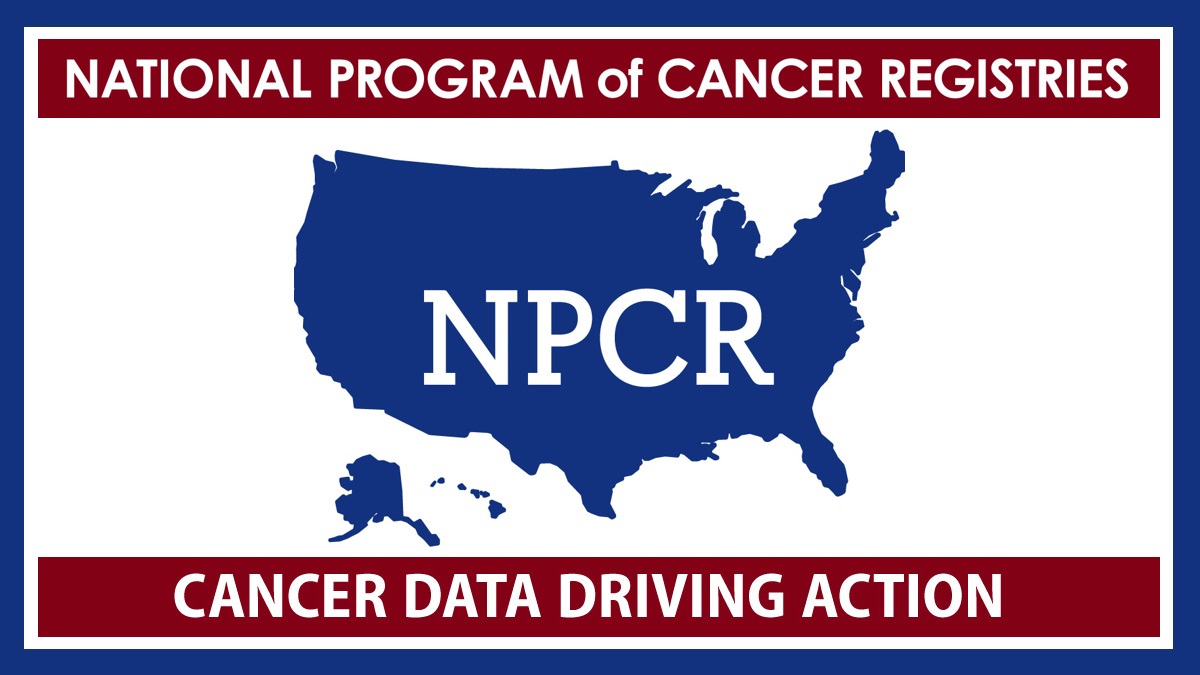

Citing the need for national cancer incidence data for local, state, and regional health planning, the US Congress established the National Program of Cancer Registries (NPCR) in 1992 by enacting the Cancer Registries Amendment Act. This law authorized CDC to provide funding and technical assistance to statewide, population-based cancer registries and established CDC's national cancer surveillance system.
Before NPCR was established, 10 states had no registry, and most states with registries lacked the resources and legislative support they needed to gather complete data. Section 301 of the Public Health Service Act [42 U.S.C. 241] authorized NPCR registries to collect data on cancer occurrence (including the cancer type, extent, and initial treatment) and supported states and territories to:
Today, through NPCR, CDC supports central cancer registries in 46 states, the District of Columbia, Puerto Rico, the US Pacific Island Jurisdictions, and the US Virgin Islands. These data represent 97% of the US population. Together with the National Cancer Institute's (NCI's) Surveillance, Epidemiology, and End Results (SEER) Program, CDC's NPCR collects data for the entire US population. This information allows researchers, doctors, policy makers, public health professionals, and the public to:
Supported by CDC's NPCR, NCI's SEER Program, or both, central cancer registries collect incidence data. Mortality data from CDC's National Center for Health Statistics are added to provide a complete picture of US cancer cases and deaths.
Medical facilities such as hospitals, doctor's offices, and pathology laboratories send information about cancer cases to cancer registries. Most information comes from hospitals, where trained cancer registrars transfer information from the patient's medical record to the registry's computer software using standardized codes. The data are then sent to the central cancer registry.
Every year, the central cancer registries electronically submit demographic and clinical information about cancer incidence to NPCR or SEER. None of this information identifies individual patients.
To understand and address the nation's cancer burden, the cancer registry data are used to:
You can see the latest and historical data in the US Cancer Statistics Data Visualizations tool.
Since 1996, CDC has developed software programs to make the process of collecting and processing data more efficient and accurate for medical facilities and registries. CDC offers these software programs, which are compliant with national standards, free of charge to the public health community.